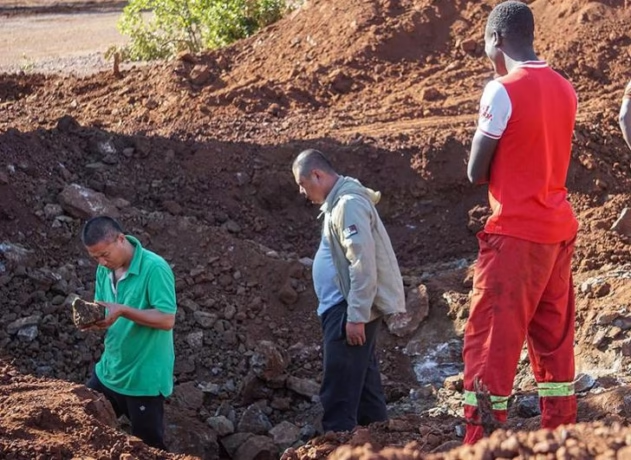
Zimbabwe has drawn a bold new line in its development story, one that runs straight through the energy, innovation, and ambition of its young people. With the approval of the National Youth Empowerment Strategy 2026–2030, the Government has placed the country’s largest demographic at the very heart of the formal economy, signalling that the journey into the next phase of the National Development Strategy will be defined by whether the youth can move from the fringes of opportunity into the engine room of production, enterprise, and leadership.
This is no token gesture. Announced by Information, Publicity and Broadcasting Services Minister Dr. Jenfan Muswere after the 24th Cabinet meeting, the plan is built on five uncompromising pillars, Economic Empowerment, Technology and Digital Transformation, Education and Skills Development, Governance, and Health & Wellbeing, each sharpened by cross-cutting priorities on climate change adaptation, gender equality, and strong governance partnerships. It is, in essence, an operating manual for converting potential into productivity. Every Ministry, local authority, private sector partner, and development agency is now on notice: youth empowerment is not an afterthought, it is a directive. The mandate is to create deliberate programmes that open doors to jobs, entrepreneurship, innovation hubs, and leadership pipelines.
But the strategy’s power lies in its reach. It embraces both the in-school and out-of-school youth, marrying formal education reforms with vocational training, digital skills acceleration, and start-up incubation. It sees technology not as a buzzword but as an enabler, with Big Data, Artificial Intelligence, and connectivity being integrated into the skillsets that will define competitiveness in the region. It understands that governance isn’t just about laws but about creating pathways for political participation and youth voices in decision-making. And crucially, it treats health, especially adolescent and youth-friendly reproductive health, as a core driver of economic readiness, linking the proposed amendments to the Zimbabwe National Family Planning Council Act with broader goals of keeping more young people in school, in training, and in productive work.
The strategy’s unveiling came alongside announcements that reinforce Zimbabwe’s wider empowerment and solidarity agenda. Harare will host the 7th Inter-Generational Retreat of the African Women Leaders Network from 5–7 September, a moment ripe for pairing women’s leadership initiatives with youth entrepreneurship and investment matchmaking. And on the regional front, President Emmerson Mnangagwa’s humanitarian mission to Chimoio, Mozambique, after Tropical Cyclone Chido was more than a diplomatic gesture, it was a demonstration of the same principles the youth plan is built on: resilience, partnership, and acting decisively in the face of urgent challenges. That visit, which also revisited Zimbabwe’s earlier grain donations to Cabo Delgado in 2022, deepened bilateral cooperation with Mozambique and hinted at cross-border opportunities in reconstruction, climate-smart agriculture, and skills deployment that Zimbabwean youths could seize.
Yet this strategy will not be judged by the elegance of its document, but by the evidence of its impact. The success metrics are obvious and unforgiving: youth-led firms winning public tenders, apprenticeship and internship intakes rising across growth sectors, completion rates in vocational programmes translating into stable employment, rural broadband and device penetration expanding, and NEET rates, youth not in education, employment, or training, falling year on year. The challenge is operational: financing must be ring-fenced, coordination must be ruthless, bottlenecks in permits and procurement must be removed, and data must be public. A Youth Action Dashboard, updated quarterly, could keep every promise visible and every actor accountable.
The Government has described this as a strategy for empowerment. In truth, it is a litmus test of national will. With the right execution, Zimbabwe can turn its demographic curve into a development engine, exporting skilled labour, running regional tech hubs, and building a youth-led SME base that feeds into continental supply chains. Without it, the country risks watching its most potent resource underemployed and undervalued.
For now, the ambition is clear, the framework is in place, and the intent is backed by political will. In the spirit of the national credo, Nyika inovakwa, inotongwa, inonamatirwa nevene vayo, the 2026–2030 Youth Empowerment Strategy is an invitation to a generation to claim its place, shape its economy, and define its future. If delivered with the urgency and precision it demands, it will not just empower Zimbabwe’s youth; it will transform Zimbabwe itself.




